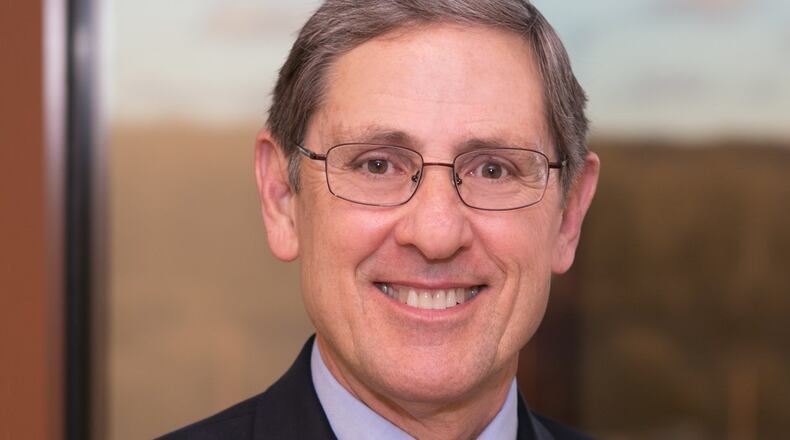What’s Your Part in Early Detection?
Dr. Heck lists three important steps to help ensure you don’t have cancer — or for early diagnosis and treatment:
1. Get a mammogram. It is important to know what your risk is for developing breast cancer. There are risk assessment tools available and should be discussed with your physician. “Women age 40 to 44, with an average risk for breast cancer, should consider getting a screening mammogram after discussing the risks and benefits with their doctor,” Dr. Heck advises. “Definitely get yearly screenings from age 45 to 54. At age 55 and older, get a mammogram every one to two years after discussion with your physician.” If you have a higher risk, then consider getting annual mammograms. Lastly, if you are considered at high risk for breast cancer, your doctor may recommend a yearly mammogram and breast MRI.
2. Have a medical provider check your breasts routinely for abnormal tissue. “About 12 percent of breast cancers won’t show up on mammography, so you need a good breast exam by a health professional,” Dr. Heck says.
3. Do your own breast self-exams. Dr. Heck says it’s an added check: “If you examine yourself routinely, you know if something new pops up. If it doesn’t cause anxiety, we encourage you to do it. If it’s uncomfortable for you, then don’t do it.”
What Tests Do Doctors Use to Confirm Breast Cancer?
As technology improves, so does breast cancer detection, Dr. Heck says. Diagnostic tests that help give an accurate diagnosis include the following:
Mammogram is the first test, taking X-ray images of the breast and revealing unusual or abnormal lumps. A more sophisticated version, 3D mammography, creates multiple images or “slices” of the breast, which is especially helpful if you have dense breast tissue. Some insurers won’t cover 3D, but Dr. Heck says, “If you can afford it and it’s available, get the 3D. Some studies say it offers a 30 percent increase in cancer detection.”
Breast MRI (magnetic resonance imaging), says Dr. Heck, “gives us another way to look at breast tissue without using radiation. Breast MRI is used in particular circumstances. It’s not recommended as a screening test.”
Breast ultrasound uses sound waves to diagnose breast problems, most often in women with dense breast tissue. “If a mammogram shows a dense area, a targeted ultrasound can be used to study just that area,” Dr. Heck says.
Biopsy is an actual tissue sample taken if a questionable area is detected through one of the other tests. “The great majority of biopsies can be done in an office setting using local novocaine and a small needle,” Dr. Heck explains.
If cancer is found, your doctor will then guide you through breast cancer staging to determine if the cancer is confined to your breast or has spread. Staging provides valuable information for you and your doctor to create the best possible treatment plan.
Breast cancer remains the second leading cause of cancer death for women. With continued focus on your role in detecting breast cancer early with mammography, clinical breast exams and breast self-exams, you can take charge of your health and give yourself your best chance for survival.
To learn more about breast health and other topics of interest to women, visit www.wellwisewoman.com.
About the Author

